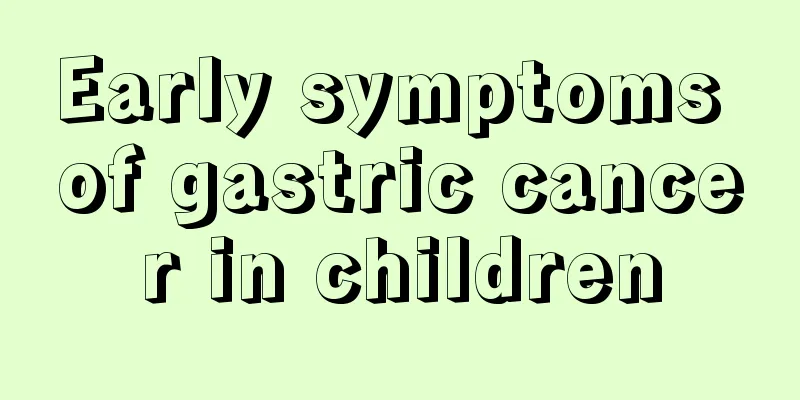What are the symptoms of smoke inhalation disease

|
Many people do not know much about moyamoya disease. It is a relatively rare cerebrovascular disease, which refers to the stenosis or occlusion of the bilateral arterial circles of the brain, which can cause fog-like deformities. This is a chronic and progressive cerebrovascular disease. Patients are prone to cerebral thrombosis, often causing headaches, dizziness, limb numbness, and severe cases can cause paralysis and other symptoms. 1. Ischemia group 1) The age of onset is relatively young, with an average age of 18.4 years, and is more common in children and adolescents. Most cases present with acute onset, but there are also subacute onset cases. 2) Clinically, it may manifest as cerebral thrombosis or TIA. Patients often have a history of multiple stroke attacks. Literature reports show that 13.3% of patients had a single stroke, 60% had two strokes, and 26.7% had three strokes. 3) At the onset of the disease, there are often symptoms such as dizziness, headache, limb numbness, paralysis, lack of energy, slurred speech, etc. The paralysis of one limb often improves before the other limb paralysis occurs. Limb paralysis is mostly incomplete paralysis, but there are also complete paralysis. Lesions in the dominant hemisphere may cause aphasia. Patients with multiple lesions may experience pseudobulbar palsy, mental disorders, intellectual impairment or dementia, and about 40% of patients have epileptic seizures. 4) During CT or MRI examinations, multiple infarct lesions can be seen in 80% of cases. 2. Bleeding group 1) The age of onset was later than that of the ischemic group, with an average age of 33.1 years, and most of the patients were young and middle-aged. 2) Blood pressure is mostly normal. The onset is sudden, and common bleeding sites are subarachnoid hemorrhage, primary ventricular hemorrhage and lobar hemorrhage. The above three types of bleeding account for 78% to 90% of intracranial hemorrhage in this disease. Rare ones are putamen hemorrhage, thalamic hemorrhage and caudate nucleus hemorrhage. Therefore, intracranial hemorrhage caused by moyamoya disease is mostly bleeding with no obvious signs in the location. 3) The disease often presents with headache, nausea and vomiting, and some patients may have varying degrees of impaired consciousness. Its clinical symptoms and signs are the same as those caused by other reasons for intracranial hemorrhage, and the prognosis seems to be good. Someone reported 18 patients with intracranial hemorrhage caused by moyamoya disease. After 5.4 years of follow-up, 13 cases (72.2%) had a good prognosis, and 5 cases (27.8%) had one or more recurrences. |
<<: What is the reason for low platelet distribution width?
>>: What are the symptoms of sinusitis
Recommend
Basic knowledge of human meridians
The main function of the human body's meridia...
What is the malignancy of secondary chondrosarcoma
Secondary chondrosarcoma is usually highly malign...
Can nasopharyngeal cancer cause bleeding gums?
Can nasopharyngeal cancer cause bleeding gums? 1....
Advanced prostate cancer survival period
In 2012, the incidence of prostate cancer in my c...
The wound becomes red and swollen around the scar
There are always some small accidents in life tha...
How can people who don't like to use their brains change
People who don't like to use their brains can...
What plants can protect against radiation?
Plants are very popular among people. Plants can ...
Can morning jogging help you gain weight? Can morning jogging on an empty stomach help you gain weight?
Many people have the habit of jogging in the morn...
What to do if you get formaldehyde poisoning
Formaldehyde is mostly found in paints used for d...
What are the benefits of silver needle acupuncture
Silver needles are a very ancient means of treati...
The difference between astigmatism and myopia
Astigmatism and myopia are eye problems that many...
Fat loss training plan at home
Obesity is caused by the accumulation of body fat...
How is IVF harm reduction performed
As there are more and more patients suffering fro...
What fruits should you eat when you have a sore throat? You can eat more of these 6 kinds of fruits
The weather is now changeable, sometimes hot and ...
Left thigh muscle twitching
If there is a muscle twitching problem in the lef...









